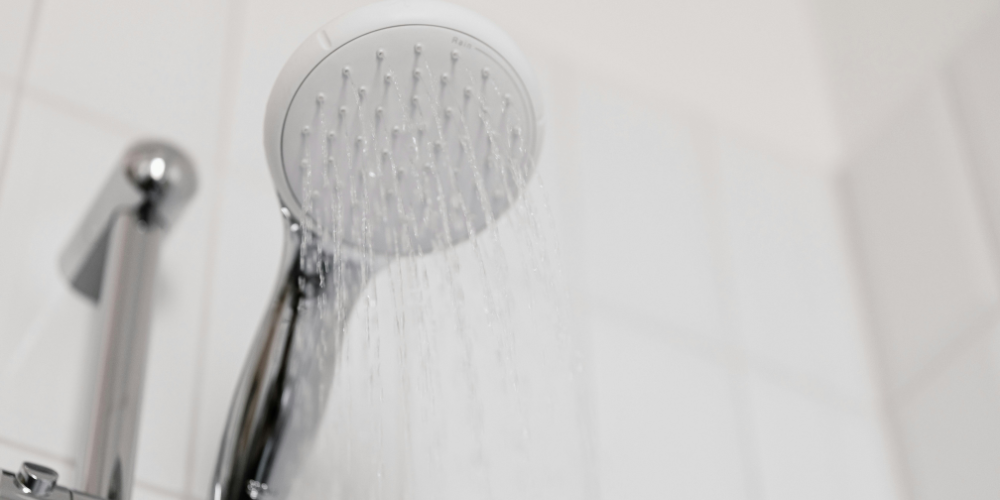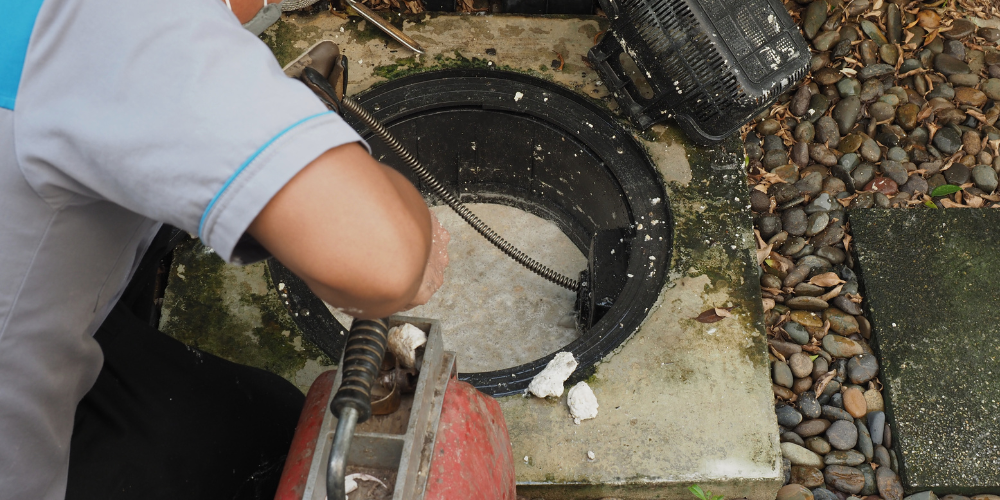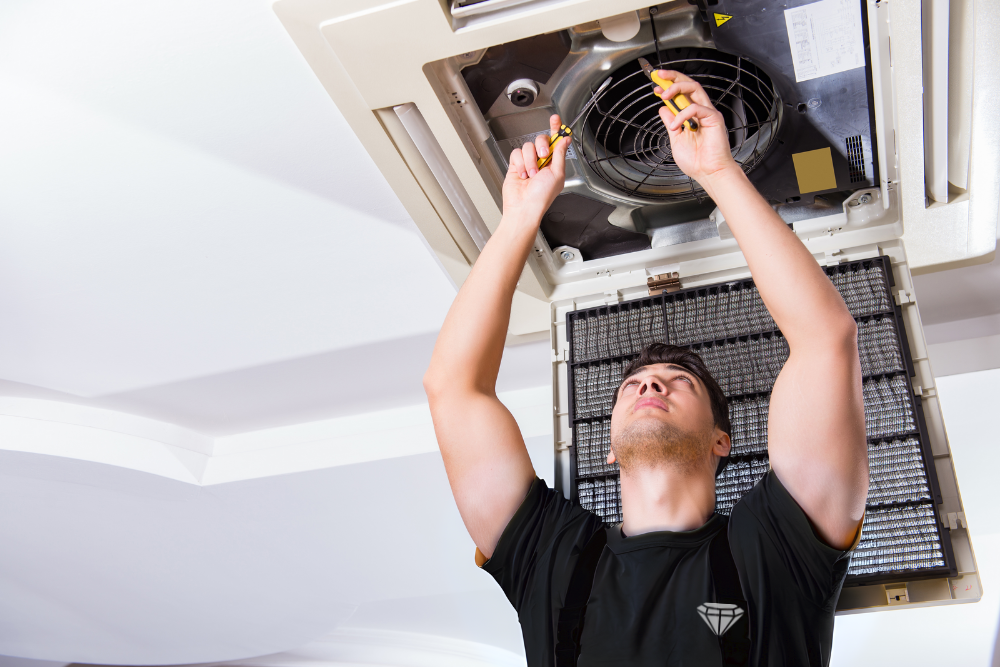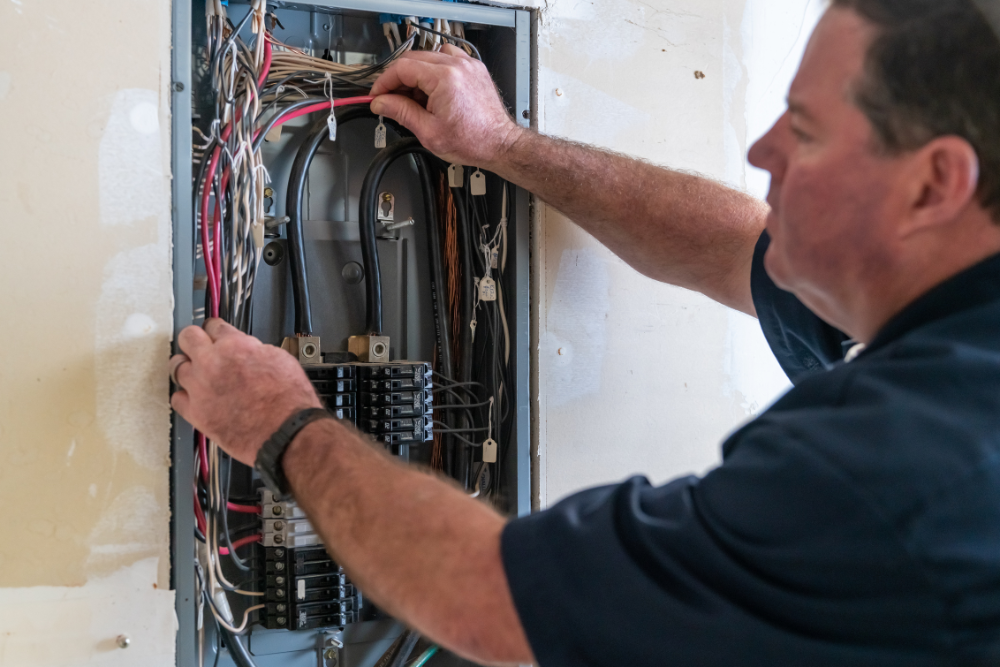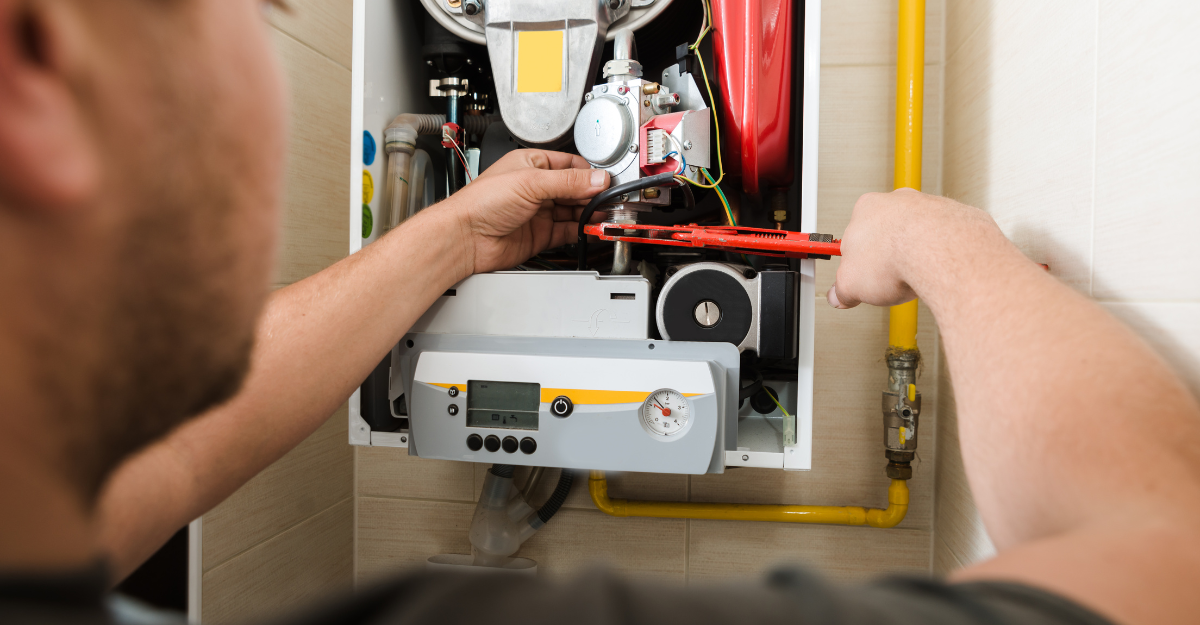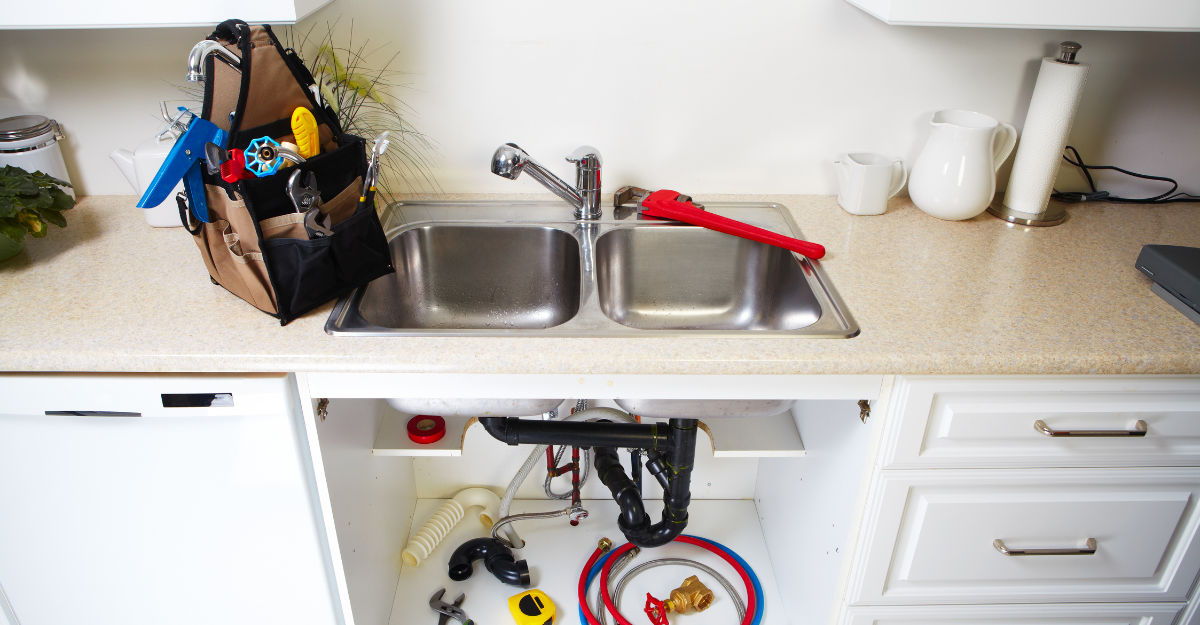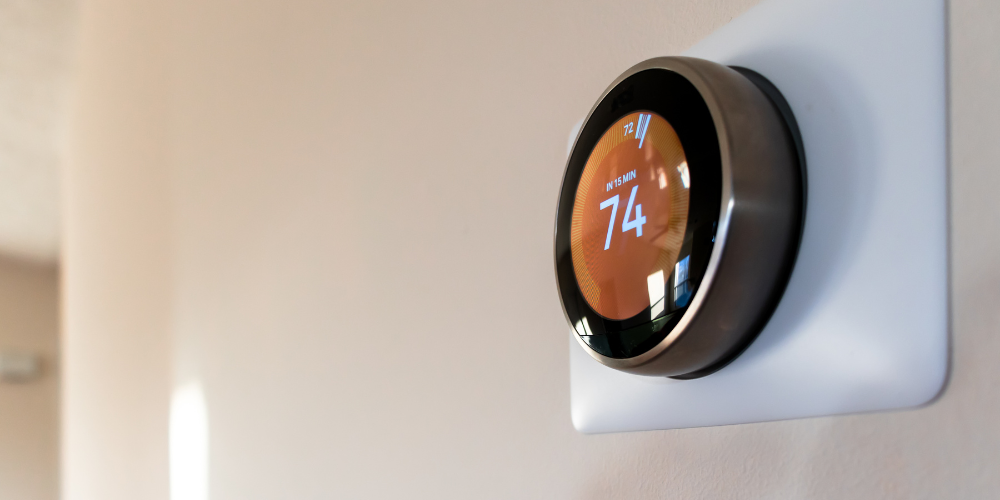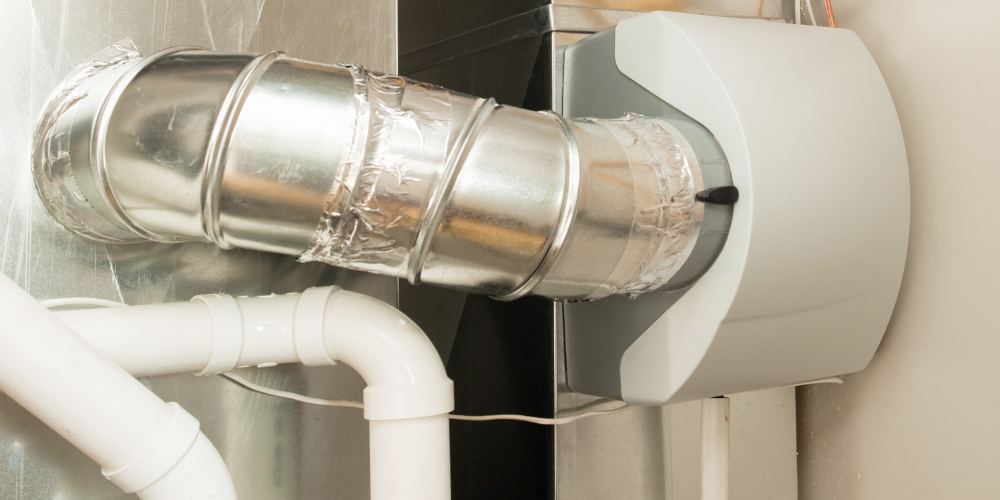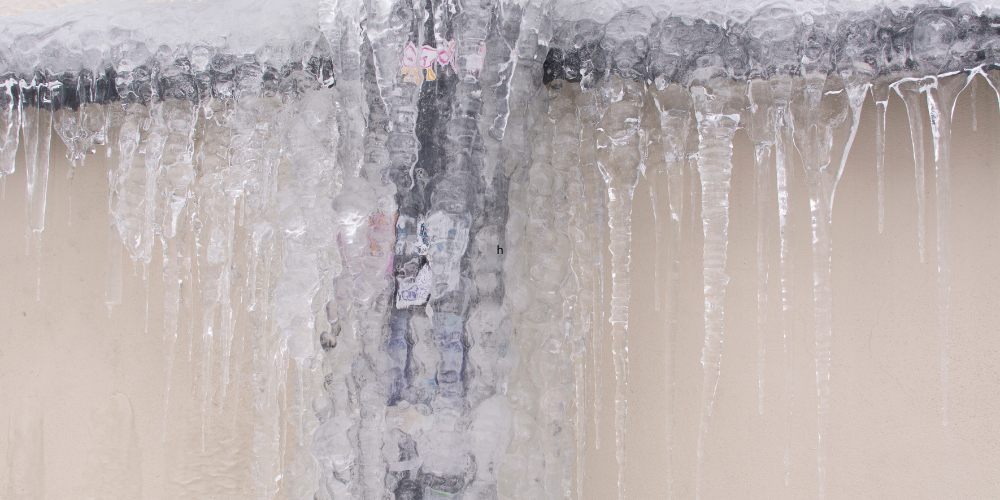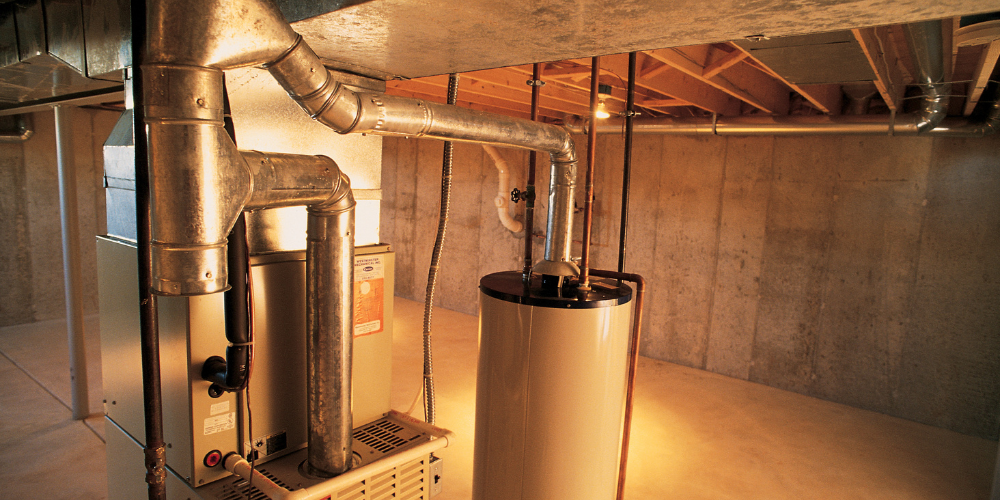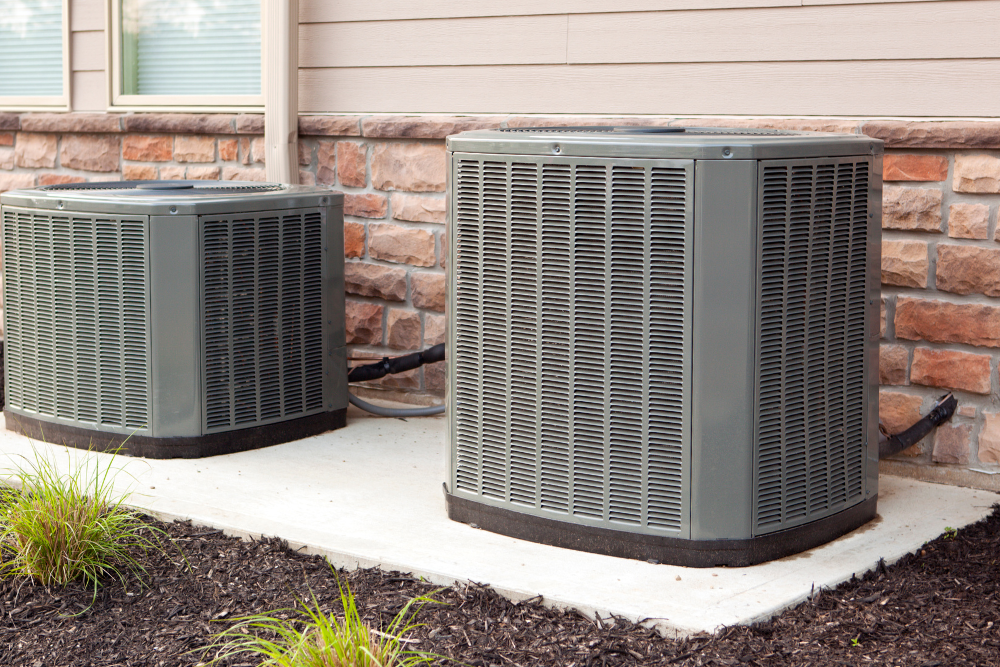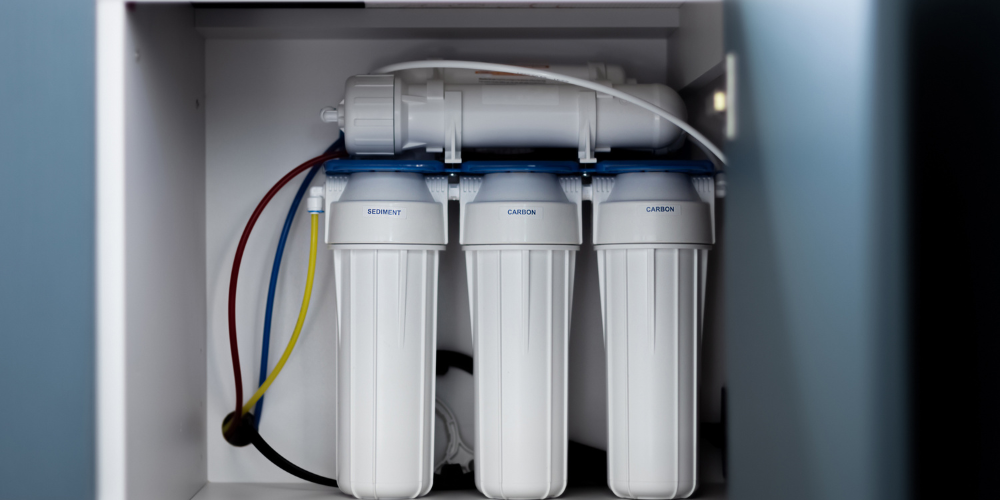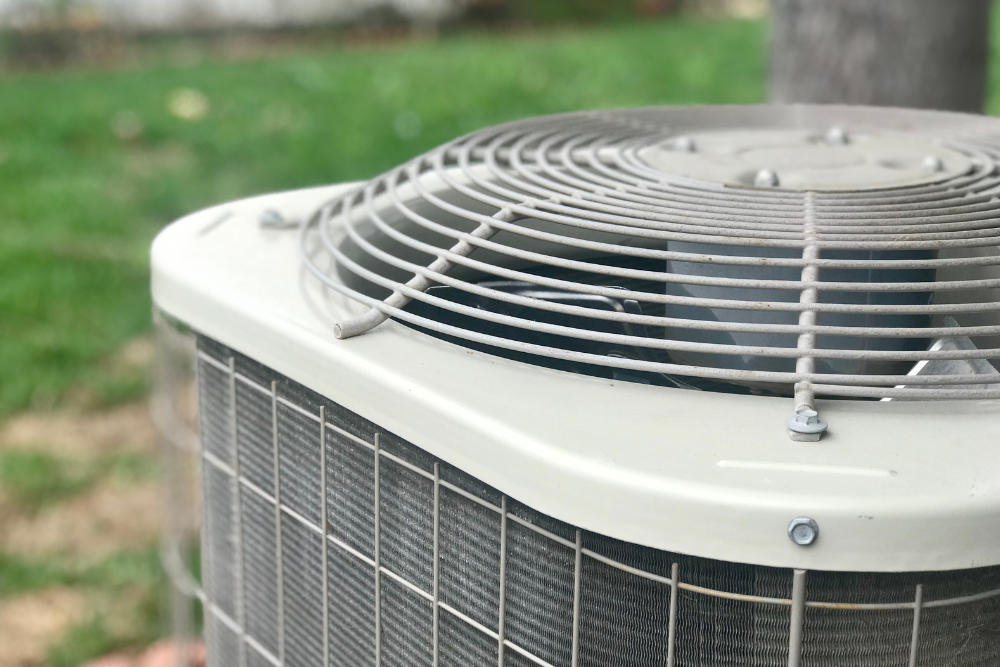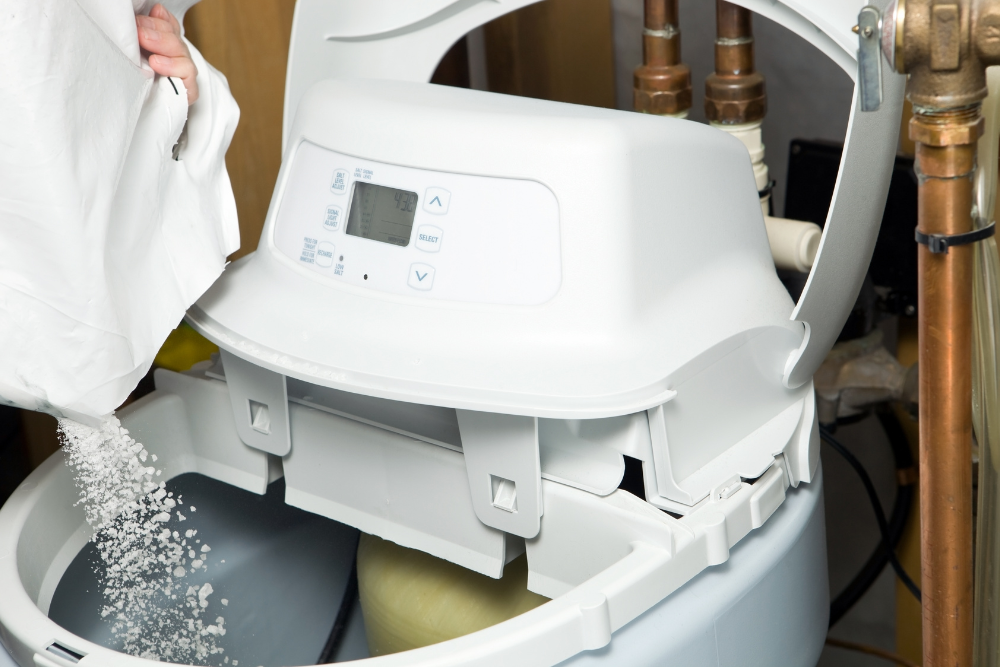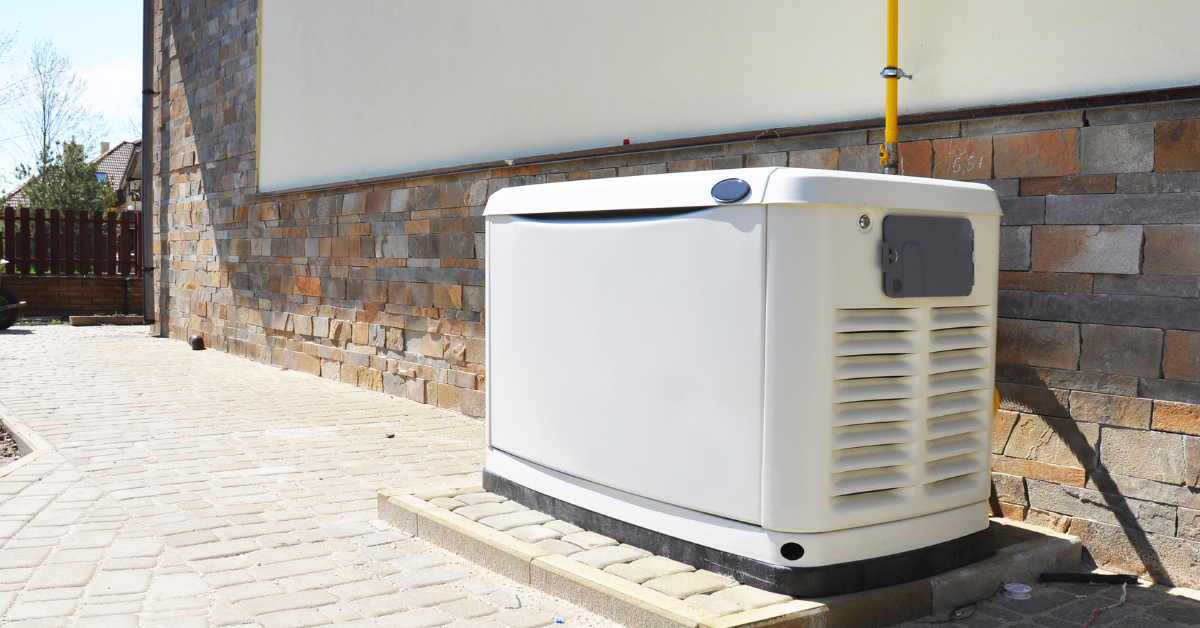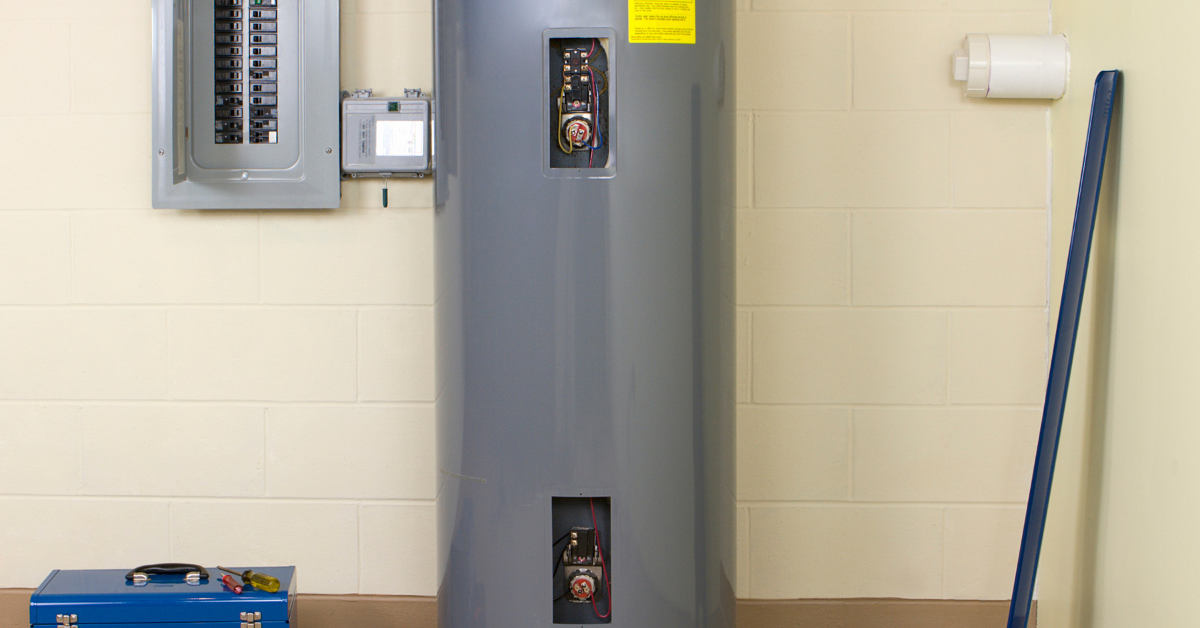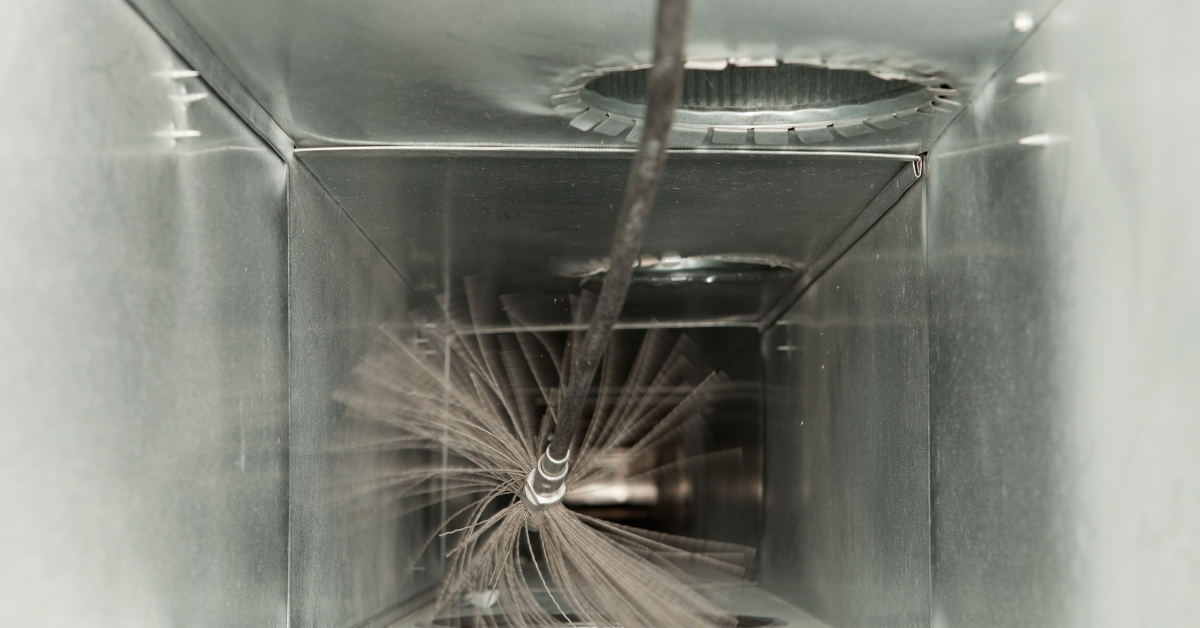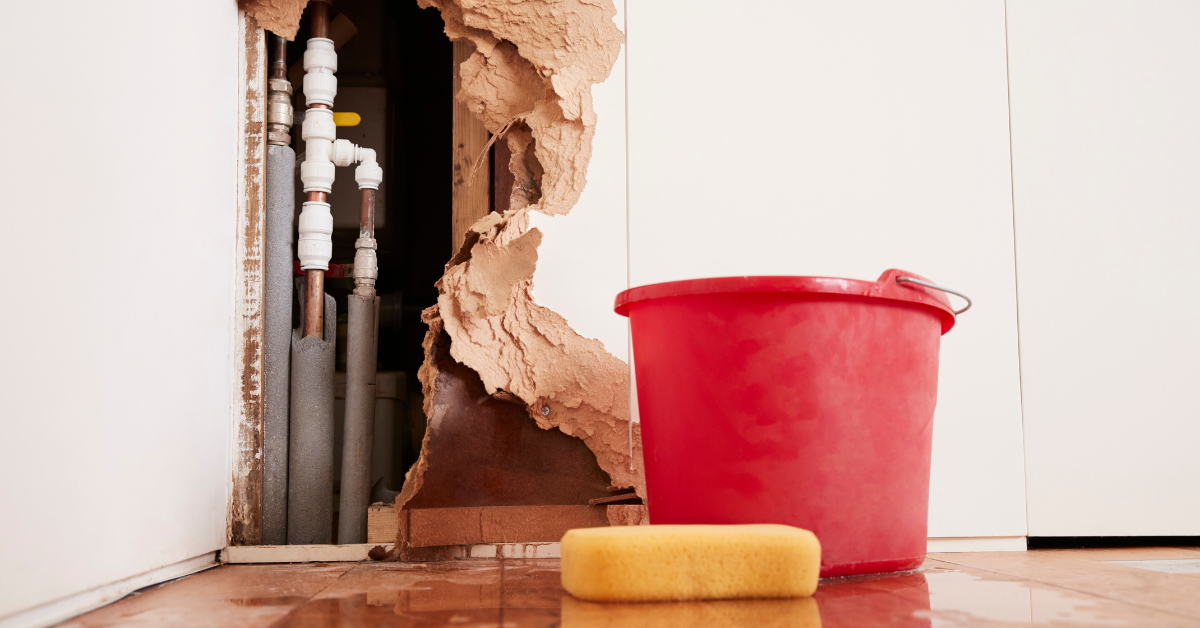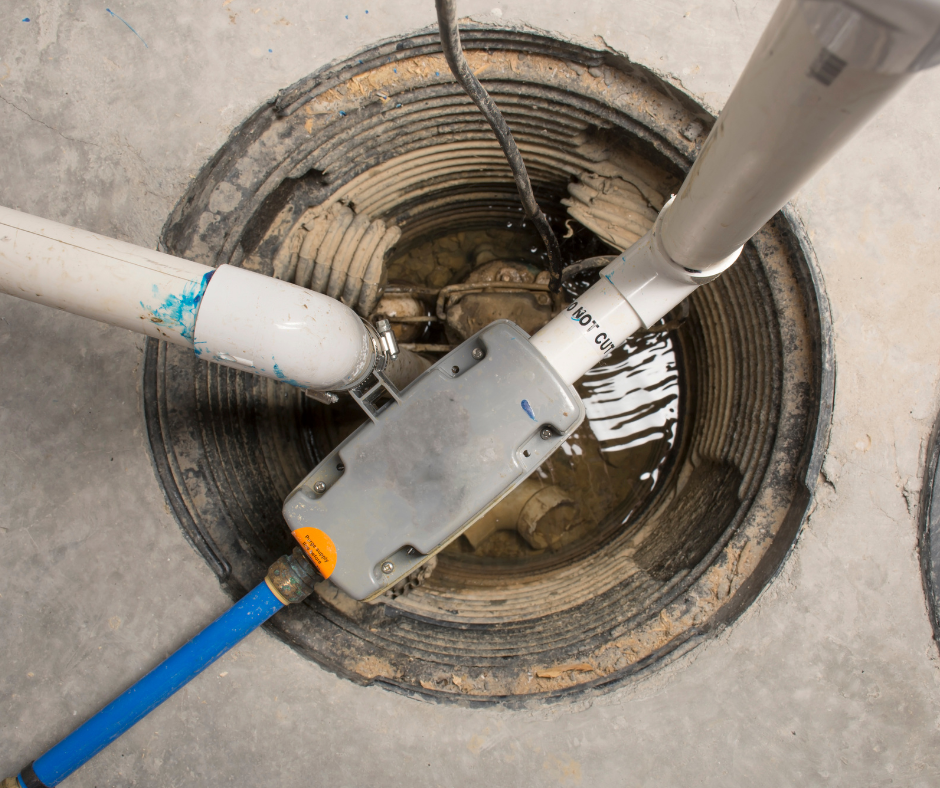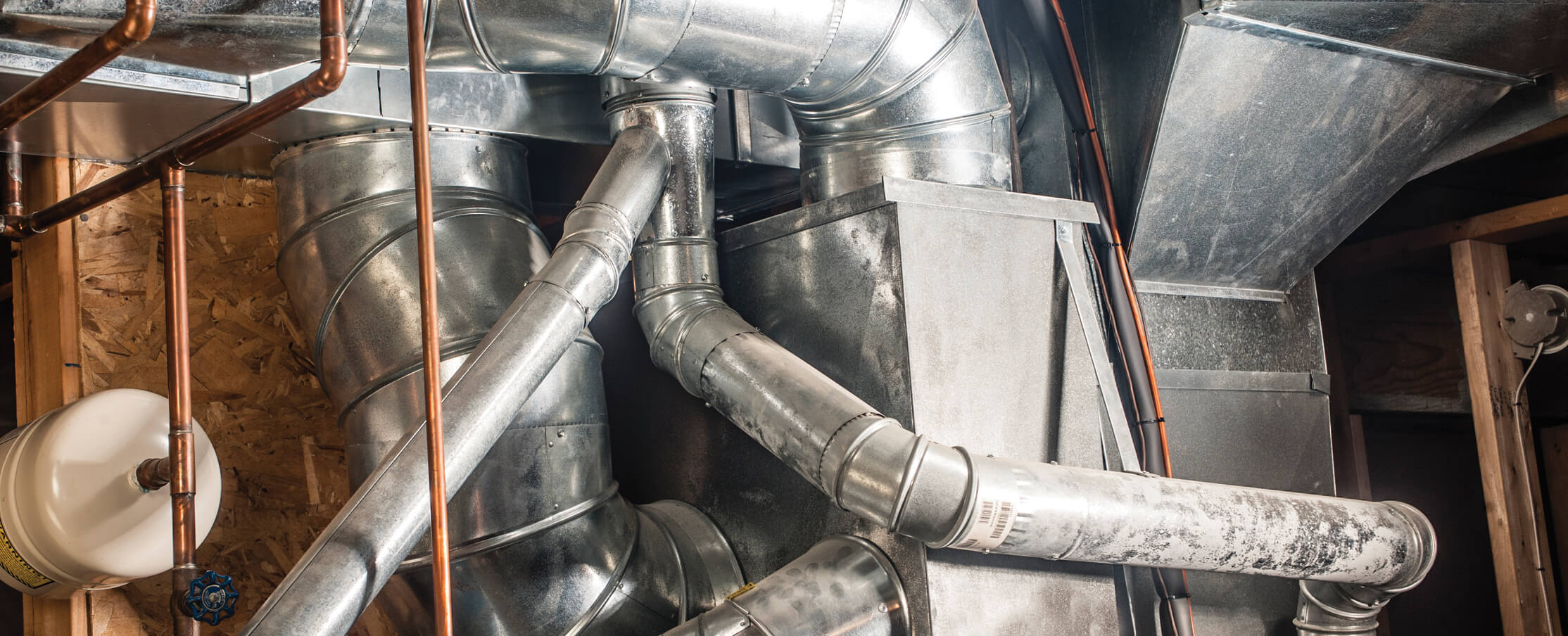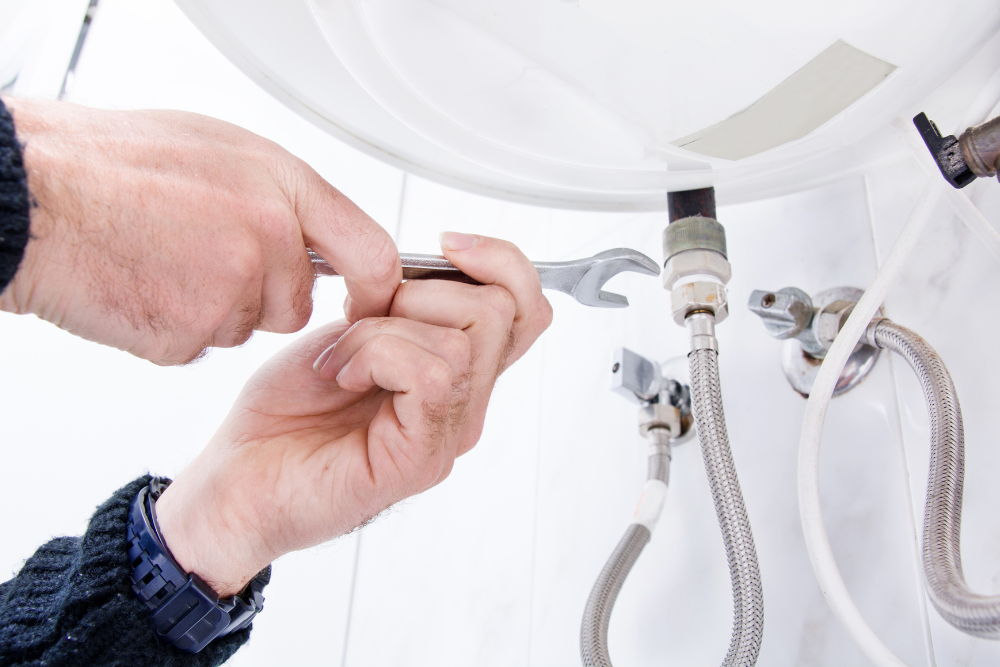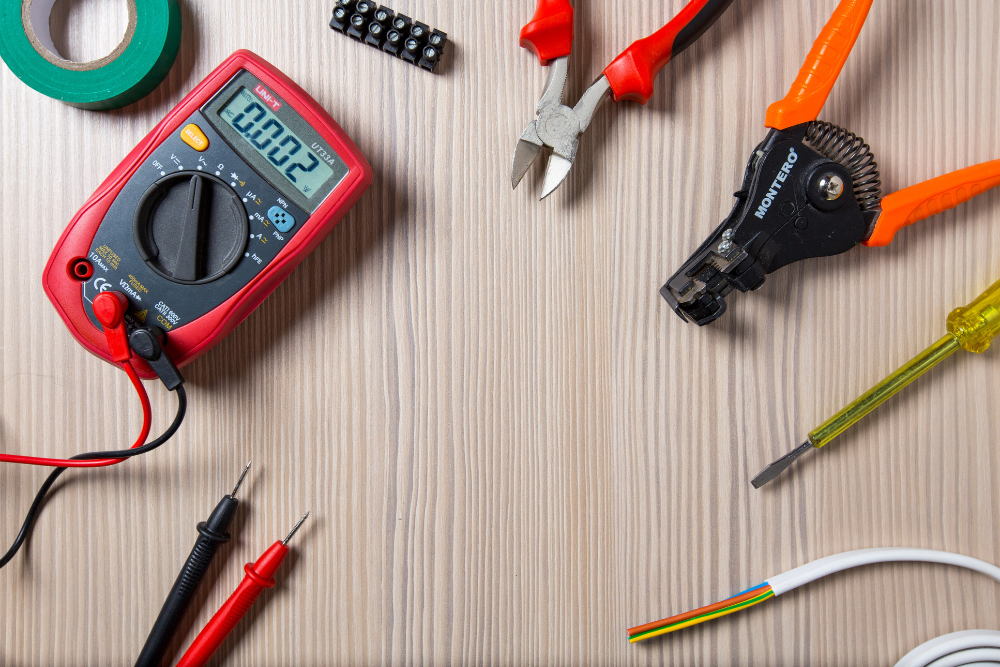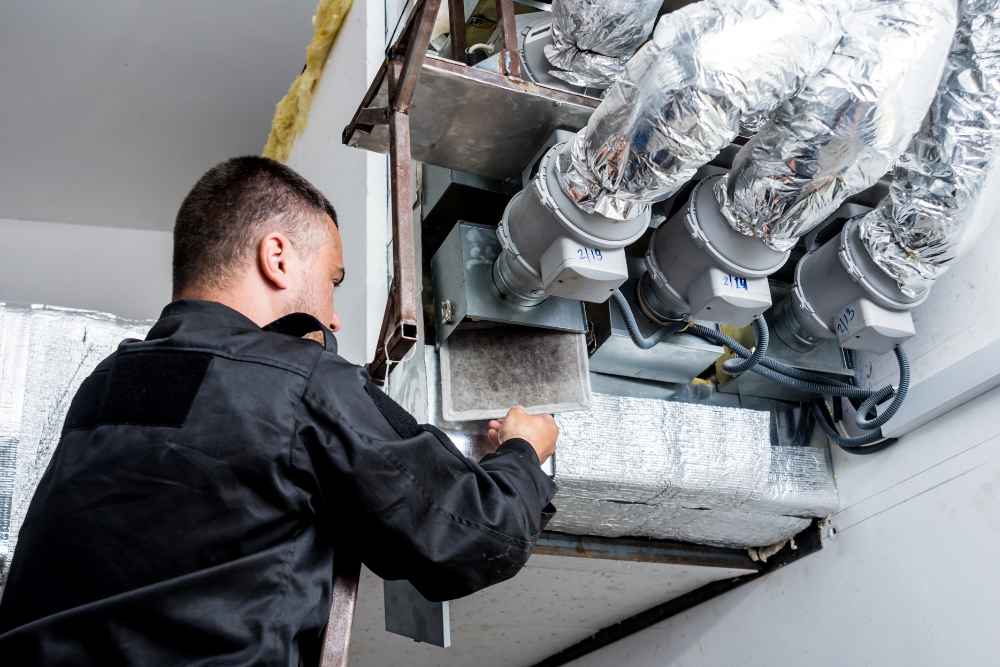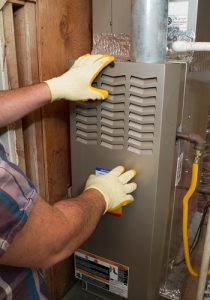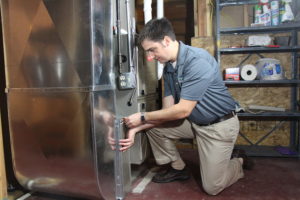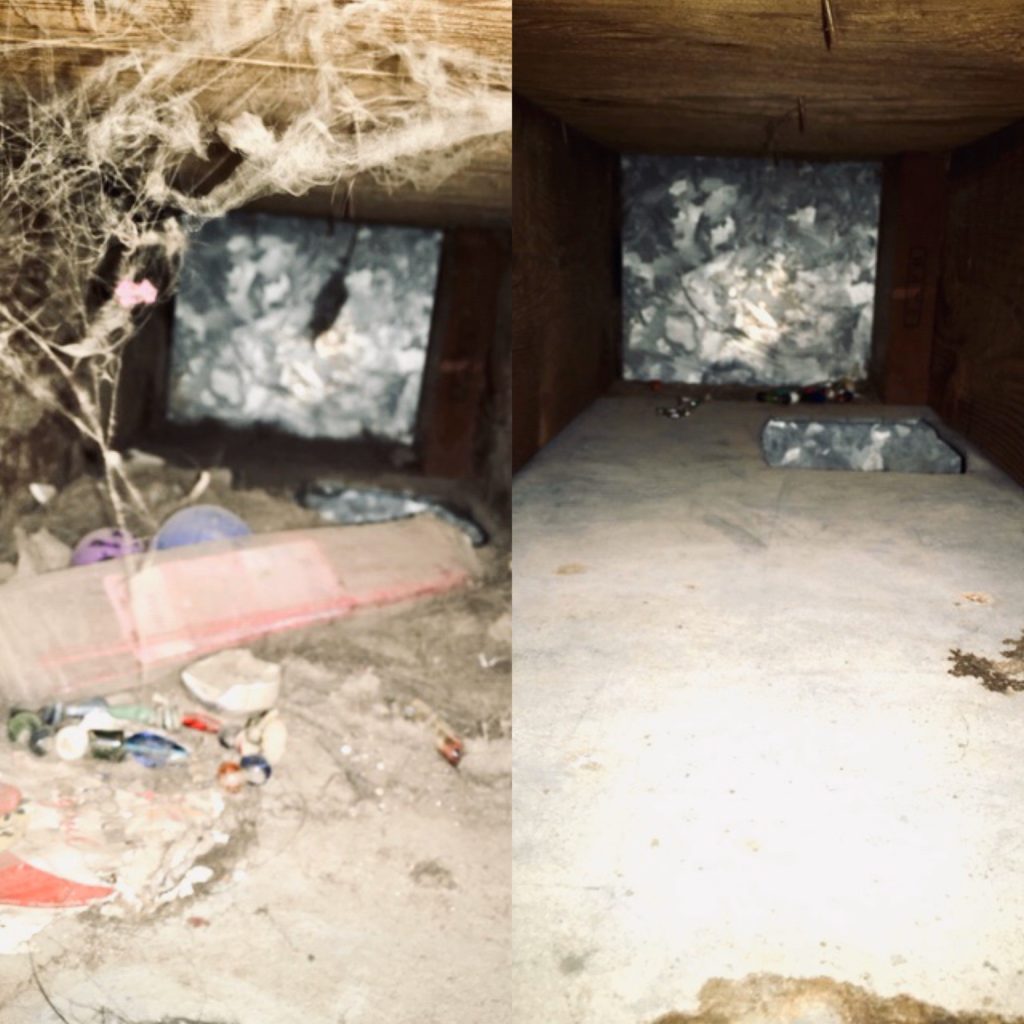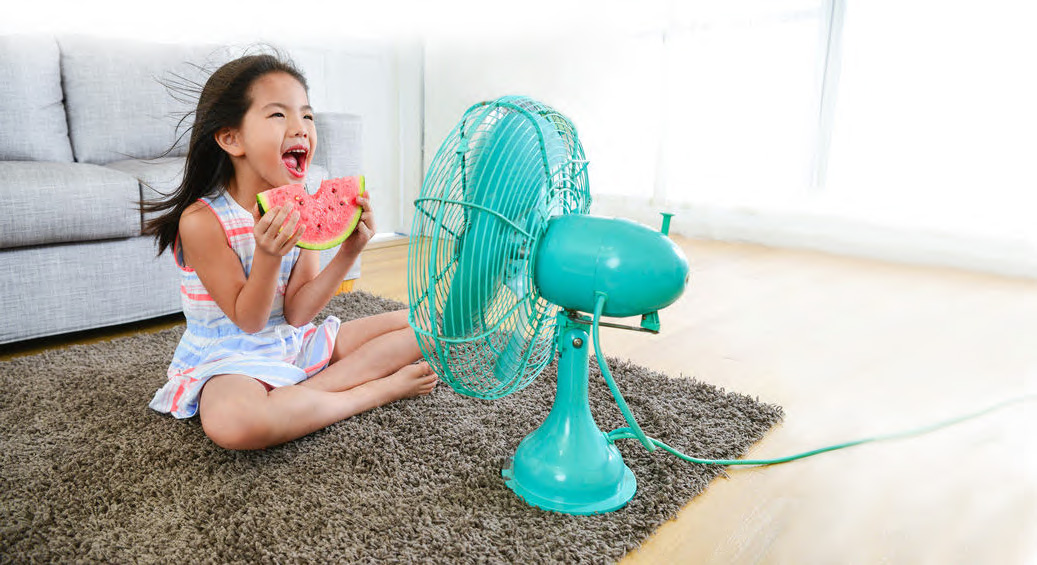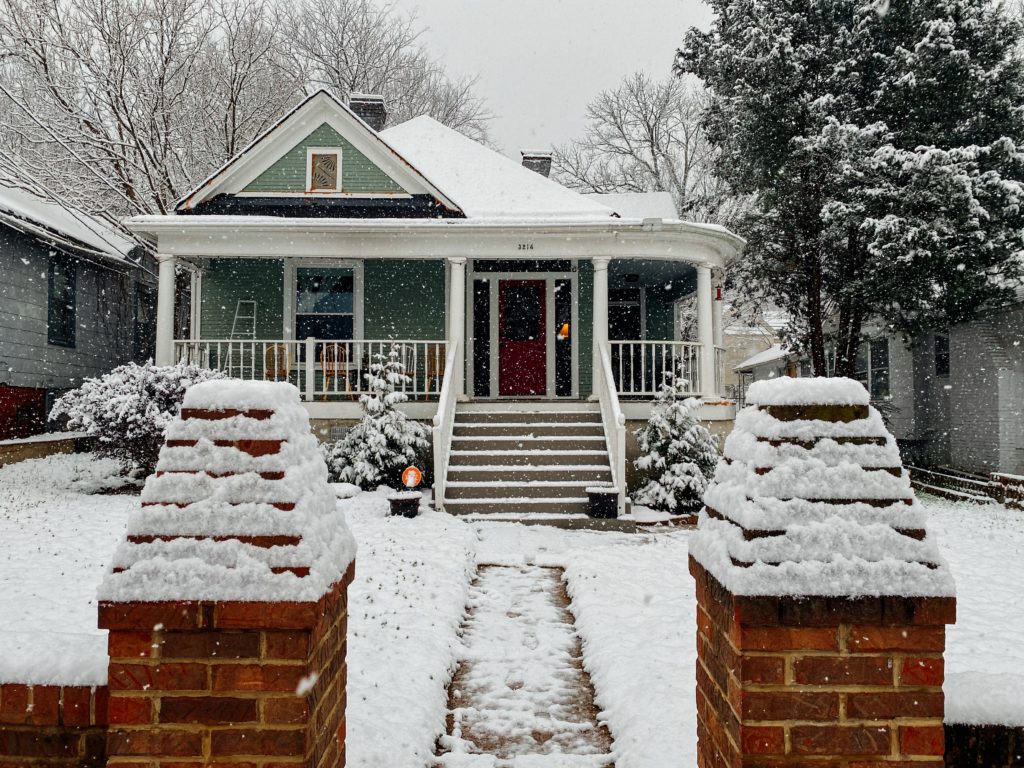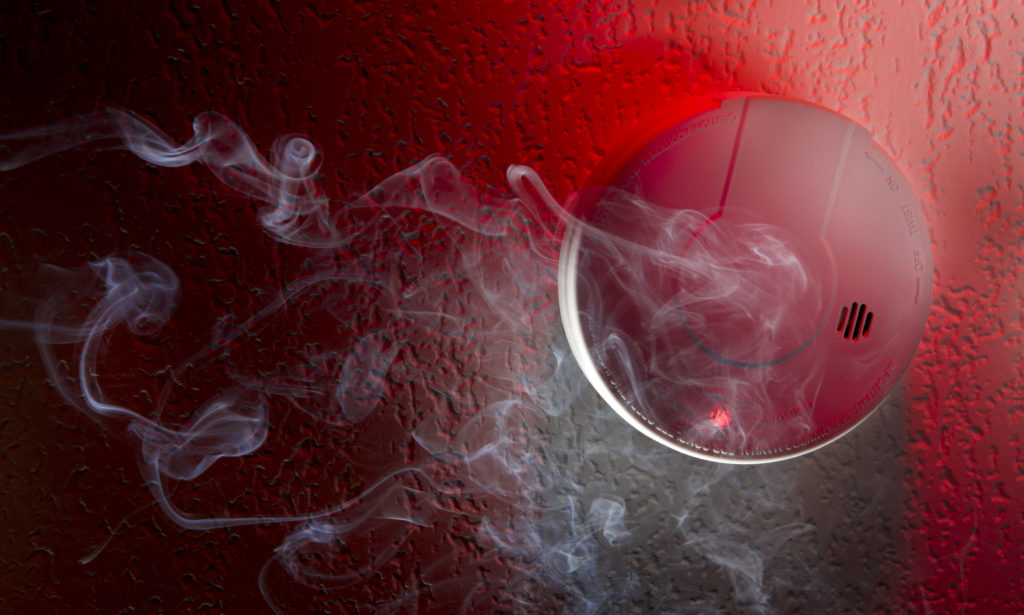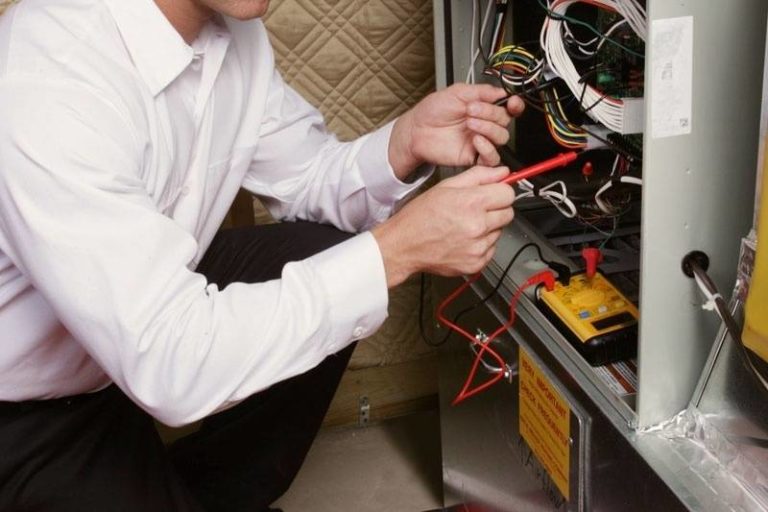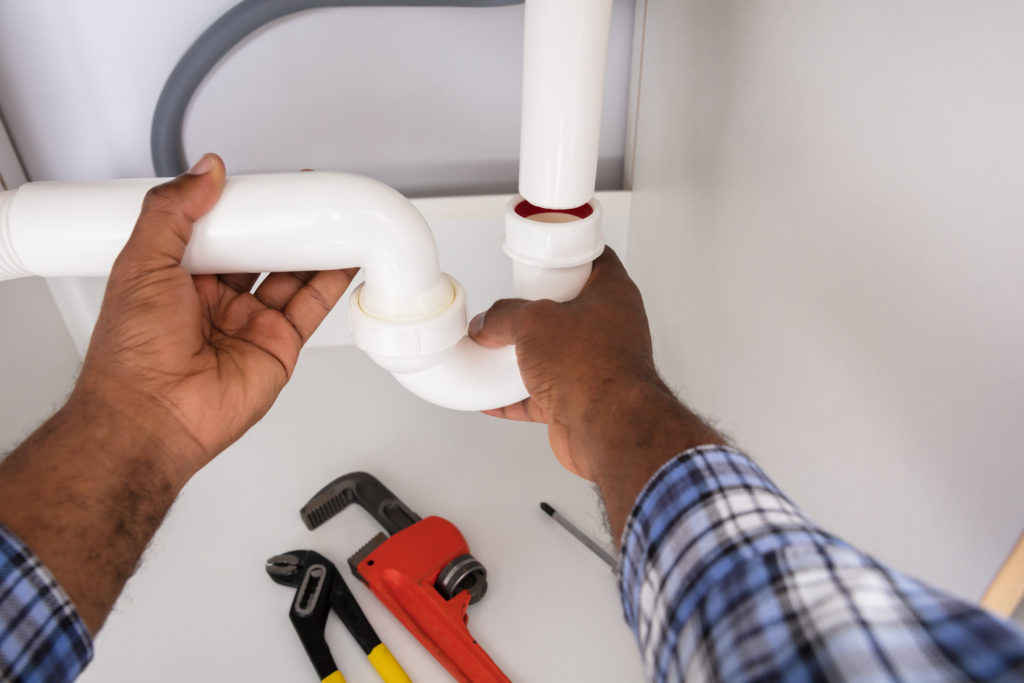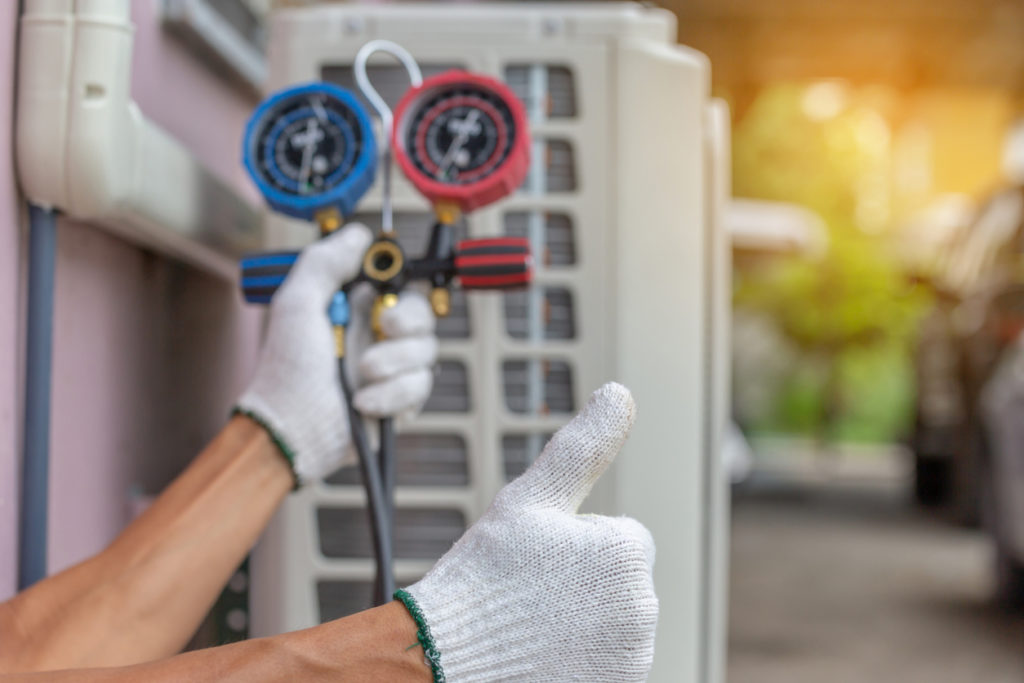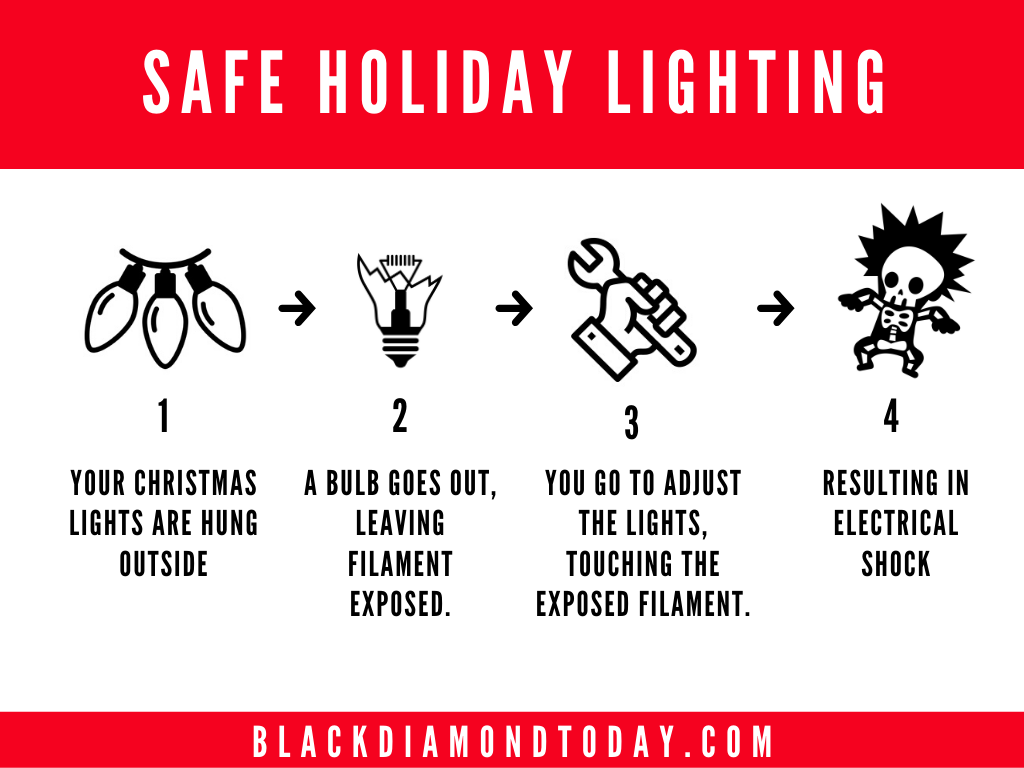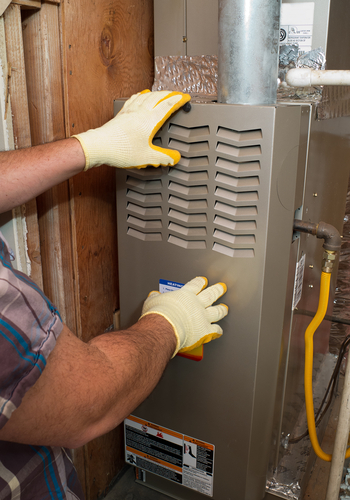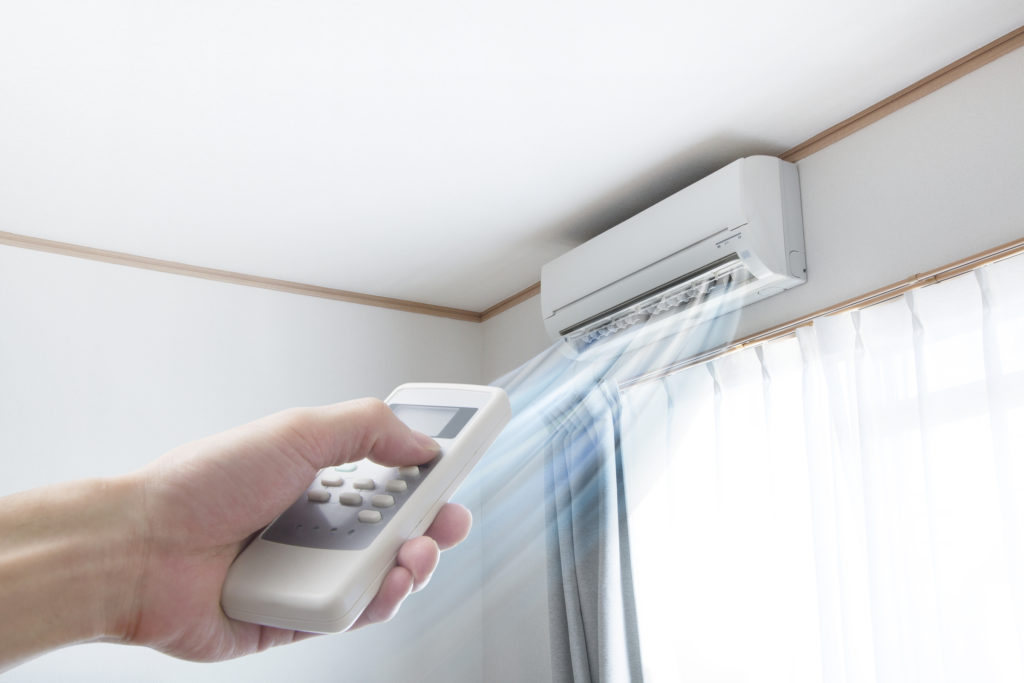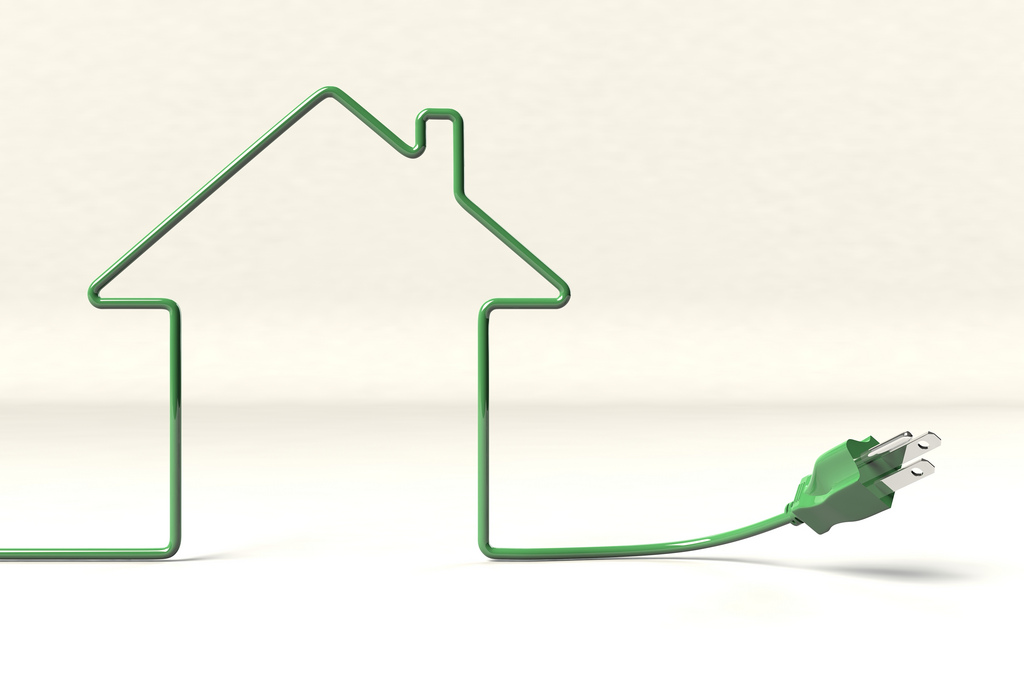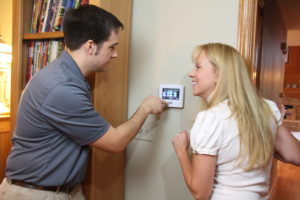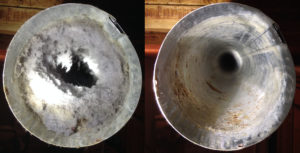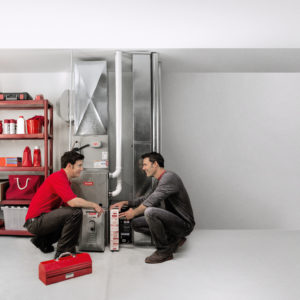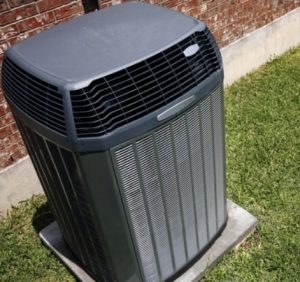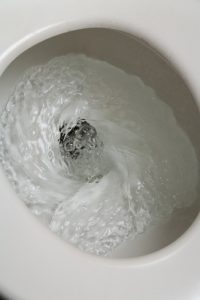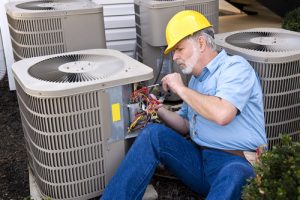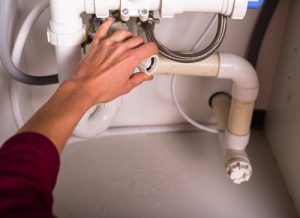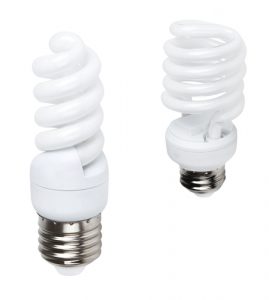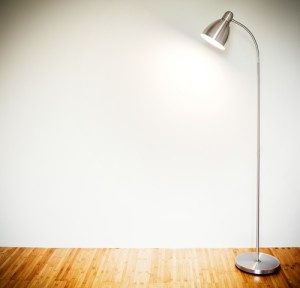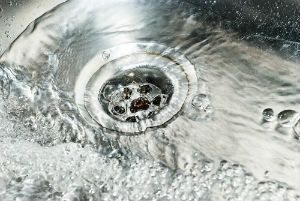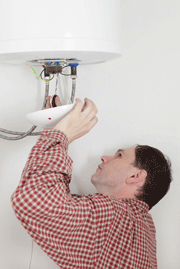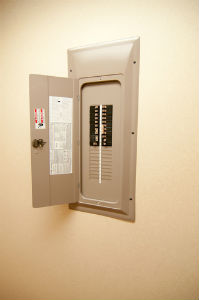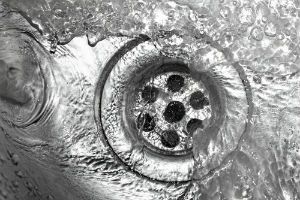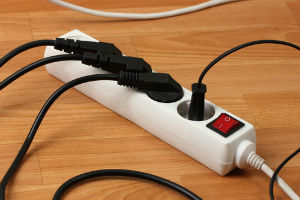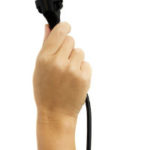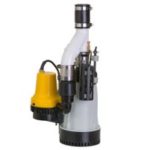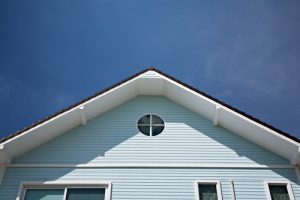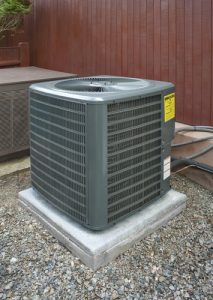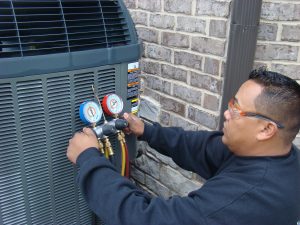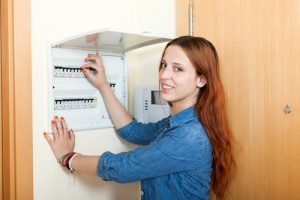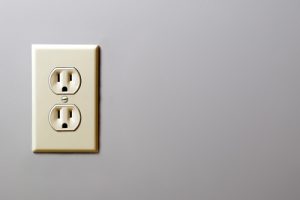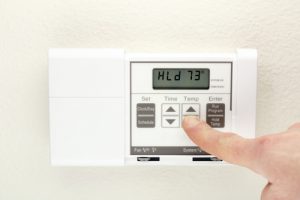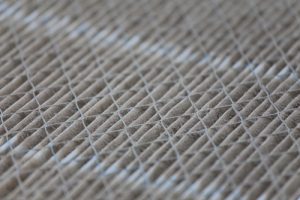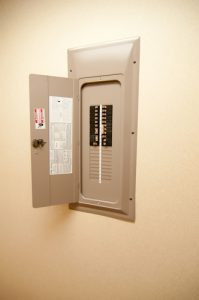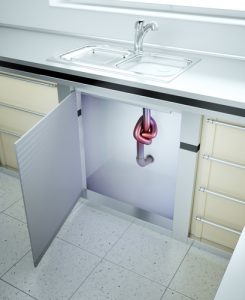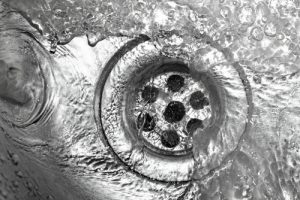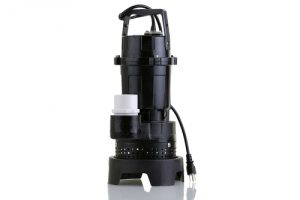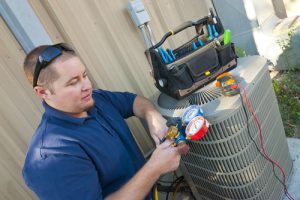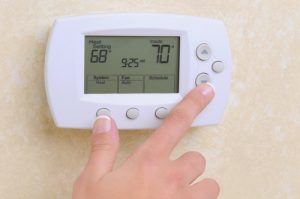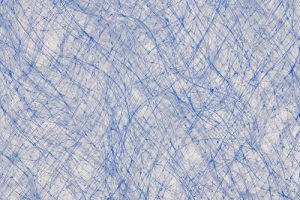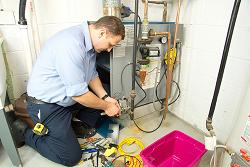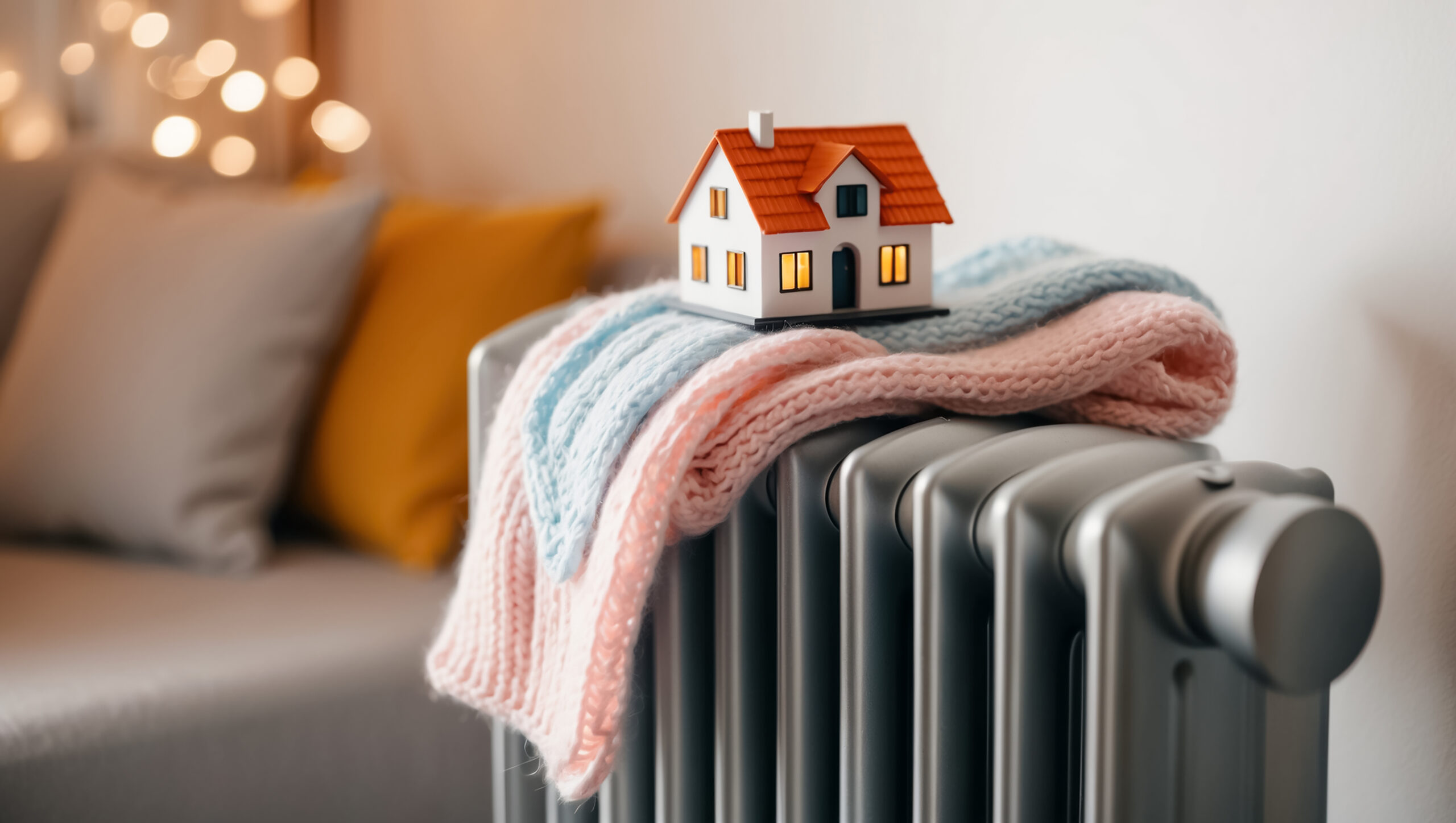Window Condensation Means Excess Humidity: How to Avoid Damage to Your Home
Excess humidity in your home can make Chicagoland’s muggy summers and windy winters even less comfortable. While that’s reason enough to correct the problem, it’s not the only reason. Too much moisture in the air can eventually cause damage to your home that, if left unchecked, will leave you with some seriously expensive repairs.
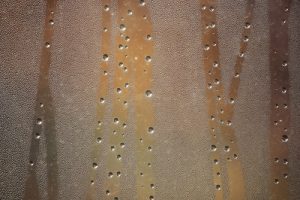
How High Humidity Puts Your Home at Risk
Moisture in the air eventually sinks into porous building materials, including wood, brick, drywall, pressboard and insulation. Once damp, these materials begin to slowly degrade. Bricks can start to flake, a condition known as “spalling.” Over time, this can weaken a brick wall to the point you need to replace part or all of it.
Damp insulation doesn’t perform as efficiently. Worse yet, it can eventually become compacted under the weight of the moisture it’s absorbed. At this point, you’ll need to replace it. Moisture in other materials, such as wood, can cause rot. Condensation on your windows is liable to run down onto the wood window frame and sill, eventually damaging both.
When moisture accumulates in places you don’t see often, such as inside your walls or in the attic, it can go on long enough that whole beams become irreparably damaged. Whatever you have stored in your attic or basement is likely to become water-stained or develop mildew and musty odors. In carpeted rooms, moisture can build up in the wood flooring and the carpet padding, eventually ruining both.
Mold thrives in warm, moist locations, so excess humidity greatly increases the risk of this household blight showing up in your home. Mold speeds up the breakdown of wood and other organic materials, which is its job in nature. Once this fungus takes hold in one area, it can rapidly spread to another. Before you know it, you’ll have mold growth and rot throughout your attic and walls.
That’s to say nothing of the way mold ruins your indoor air quality with the spores it ejects into the air. Mold spores increase your risk of respiratory tract infections and provoke allergies and asthma attacks.
Signs of Excess Humidity Around Your Home
If your home’s moisture levels are too high, there are a few signs you’ll notice:
- Window condensation: Despite the common assumption, this usually isn’t the fault of poorly designed or incorrectly installed windows. Fog, water droplets, and frost on the inside of windows are usually caused by the warm, moist air in your rooms hitting the cold window pane or, in winter, just the opposite.
- Patches of mold: In a damp house, no matter how well you clean, you can still end up with spots of mold behind the furniture, under the rugs, in the corners of the ceiling, and in other places that get little airflow.
- Peeling paint and bubbled wallpaper: When moisture soaks into your paint, it can dissolve the paint’s bond with the wall, causing bubbling and stretching. Moisture accumulating behind wallpaper can cause bubbles there, too.
The surest way to find out if your home’s humidity is too high is to hang a hygrometer on your wall. These low-cost devices give you a reading of the relative indoor humidity as a percent. If yours is higher than 50 percent, your home is at risk for damage.
Getting to the Root an Excess Humidity Problem
Before you can bring your humidity down to a healthy level, you’ll need to know why so much moisture is building up in the first place.
If your house was recently built or remodeled, the moisture released by the new construction materials could be the source of your problem. If you notice signs of excess humidity for just a few weeks at the beginning of the heating season, the source is likely the moisture your home absorbed over the summer. Window condensation that shows up around this time is typically caused by the sudden drop in outdoor temperatures. All these are temporary problems that won’t harm your home.
Humidity problems that last for months or all year, however, are generally the result of poor ventilation. Without good airflow, all homes are prone to a buildup of moisture due to outdoor humidity, plus the water vapor released during cooking, showering and even breathing.
Easy Ways to Control Your Indoor Humidity Levels
Protecting your home and your health from the damaging effects of excess humidity means controlling the sources of moisture, as well as either improving how you use your existing ventilation or adding more ventilation.
Start by making sure you use the exhaust fans in your kitchen and bathroom as intended. Every time you cook with a method that creates humidity and after you shower, run the exhaust fans for a few minutes. Don’t leave them on any longer, or they’ll bring in more humidity than they let out.
If you have an exhaust fan in your laundry area, use it after you wash clothes. Check that the clothes dryer is vented outside, not indoors or into the crawl space. If you don’t use a clothes dryer, hang clothes outside to dry instead of indoors.
Dampness and impaired ventilation in the attic or basement can also cause excess humidity in your rooms. Waterproof your basement by repairing any cracks in the walls, then paint the walls with a waterproof or water sealer product. Make sure downspouts discharge at least 5 feet away from the foundation and keep plants at least a foot away from the foundation. In the attic, check that the soffit vents aren’t blocked by insulation.
If the basement floor often accumulates a pool of water, consider installing a sump pump to remove the water before it evaporates and increases the basement’s humidity level.
Better Ventilation for Healthier Humidity Levels
In a poorly ventilated home, moisture will accumulate no matter how much you try to control it. The attic is the first place to check on the ventilation. If you have only soffit vents or only ridge vents, or you have a gable vent on one side of the attic and not the other, your attic isn’t getting the continuous airflow needed to remove moisture buildup.
Most attics need one foot of ventilation for every 150 square feet of attic floor — or every 300 square feet if a vapor barrier is used — but attic ventilation design is still something of an art that requires experience. If your attic lacks ventilation, talk with a heating and cooling professional about adding more.
Ventilation in your basement and crawl space is even trickier. In humid climates (like Chicago in the summertime), vents in these areas often let in more moisture than they let out. If this is the case in your home, you may be better off sealing your crawl space.
Naturally, your living space also needs good airflow. If condensation on your windows is the main problem caused by excess humidity levels, you can remedy the situation by installing trickle vents over the windows. These long, narrow vents let air pass but slow it down enough to prevent chilly drafts.
Installing more or larger exhaust fans is another option. Laundry areas, in particular, are often designed without ventilation, and just putting in an exhaust fan can really cut down on the moisture lingering in your home.
Also consider having a balanced whole-house ventilation system designed for your home. These systems use fans and ductwork system to both draw out stale, damp air and bring in fresh air in equal amounts. As a plus, they prevent the air pressure problems caused by using only exhaust fans.
An energy recovery ventilator (ERV) or heat recovery ventilator (HRV) are both possible options for improving overall indoor air quality. For a home with humidity problems, an ERV is a particularly good choice because it brings in less humidity than an HRV does.
If you’re certain your home already has a well-designed whole house ventilation system but you’re still having excess humidity problems, it’s time to think about installing a dehumidifier. A whole-house dehumidifier can be placed inside your heating and cooling system, where it will run automatically to remove moisture from the air passing through. The drier air will then be distributed through your duct system to all your rooms.
Learn more about Black Diamond Plumbing & Mechanical’s indoor air quality solutions for excess humidity, or contact us at 815-444-0979 to schedule an appointment!
Image Provided by Shutterstock.com
Recent Posts
Request Service
Please fill out the form and we will get in touch with you shortly. We look forward to serving you!
Request Service
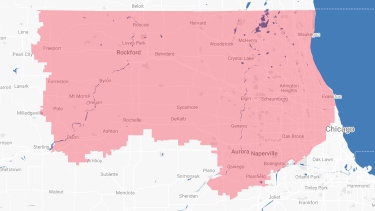
Proudly Serving
The Chicagoland AreaAddison | Algonquin | Antioch | Arlington Heights | Aurora | Barrington | Bartlett | Batavia | Beloit | Belvidere | Bensenville | Bloomingdale | Bolingbrook | Buffalo Grove | Byron | Caledonia | Capron | Carol Stream | And Much More!
VIew ALL

